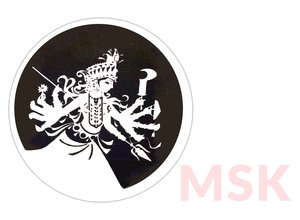Batuas are small pouches with a drawstring. The basic ones are made of plain brocade, satin or velvet. The more opulent ones have zari (jari) work on them. This includes intricate needle-work with fine gold or silver thread. This artwork has been continuing since the time of the Begums from the mid 1800s in Bhopal. The Begums of Bhopal were deeply invested in the citizens of Bhopal, especially the ladies. They wanted them to be economically independent. Among the many social projects in the state of Bhopal, they started teaching the ladies zari work. Bhopal’s Sheesh Mahal houses its old art school of Bhopal of Zari Zardosi which was established by Nawab Sultan Jahan Begum of Bhopal. Begums also asked the ladies to sell their beautiful work in Pari Bazar or the market of the fairies, which was exclusively a market for the ladies.
Zari work of Bhopal became famous with the batuas. Delicate needle-work started to appear on the velvet or brocade pouches famously called the batuas. The designs were influenced by the Persians similar to the ancestors of the Begums. The Batuas slowly became the pride of Bhopal. The stylish batuas were used to carry some loose change, a small bottle of itra or incense and along with it were wrapped two pans.
As western cultures influenced the city, the charm of the batuas started to fade. The artisans who were skilled in zari work started to dwindle in numbers. Batuas now are available only in the traditional market of Bhopal called the Chowk. Zari work unfortunately is no longer in fashion.
MSK received a grant from the Textile Ministry to revive this art and trains many batches of women on a yearly basis.

